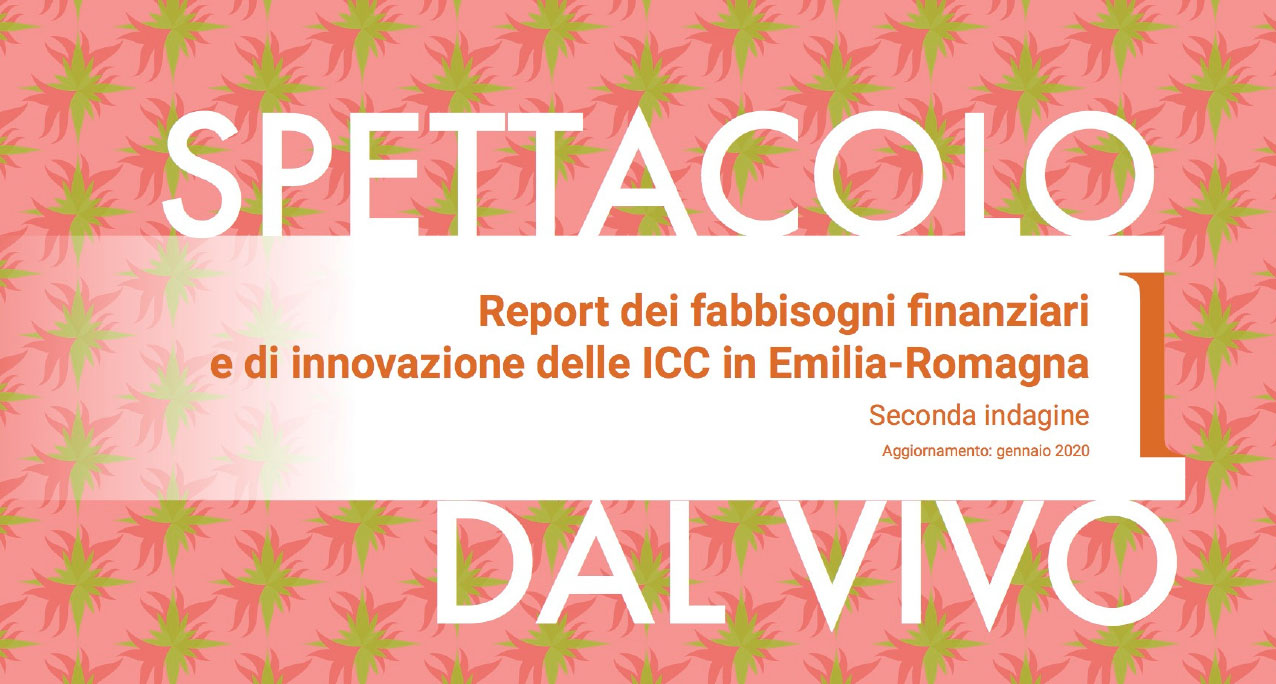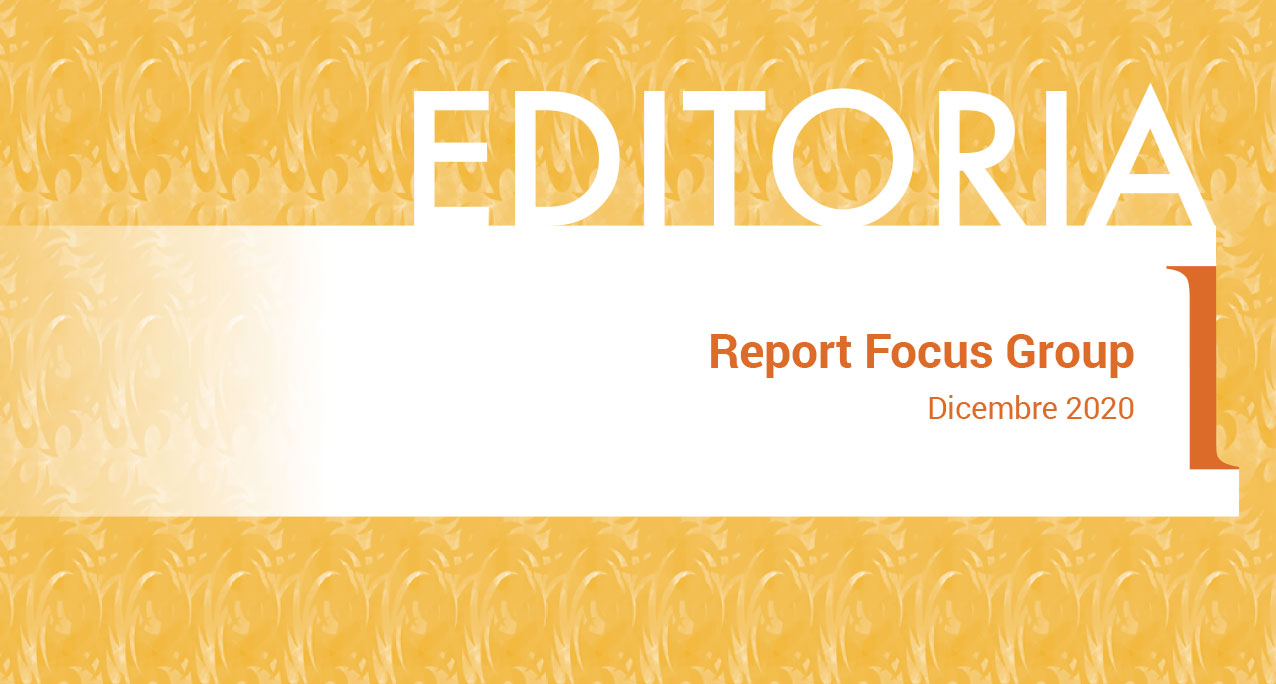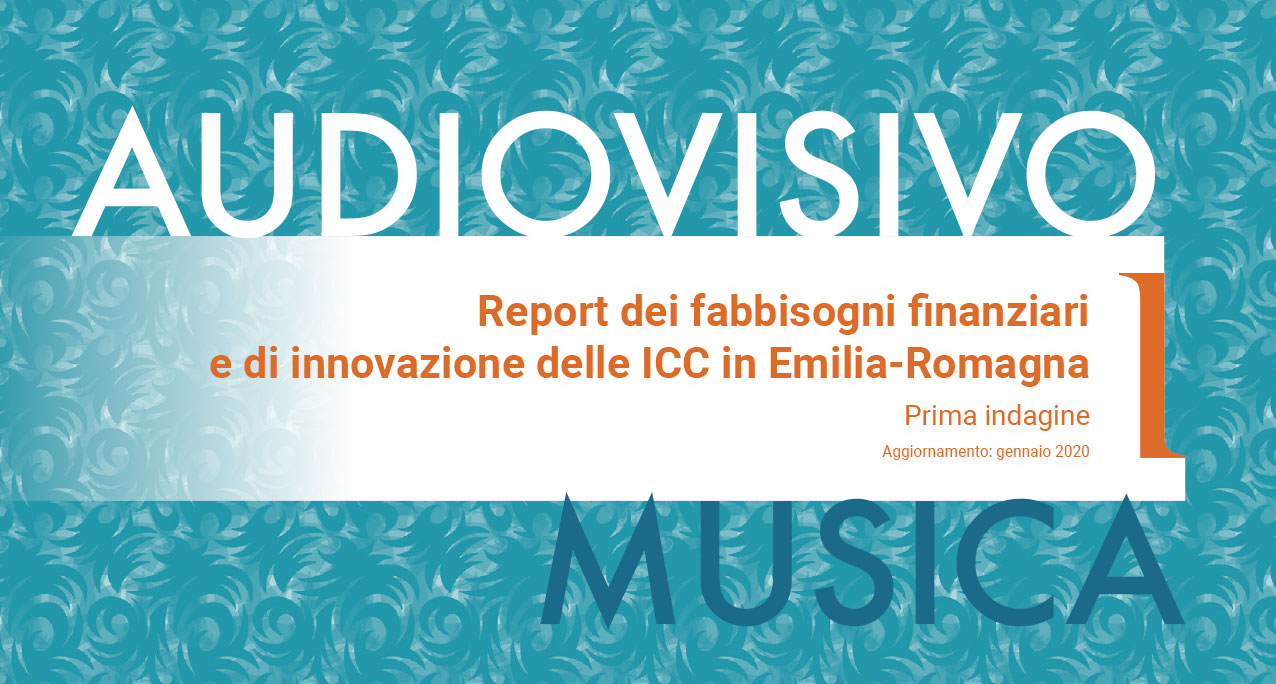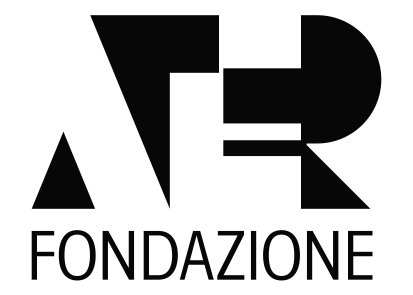STARTUPS
SPACES
CCIs LABS
Since the Cultural anche Creative sector in made of multiple industries, the data sources used are numerous. That is why not all information is updated taking into account the same year or time frame. In either titles or descriptions the year considered is always indicated.
INNOVATION
Cultural and Creative Industries are an innovation driver. This field is characterized by imagination: professionals and organizations can come up with out-of-the-box products and services and have the ability to revolutionize existing business models. The creative results of artists can often generate processes with an impact on the social sphere, in favour of a diversified audience.
What does innovation mean in the framework of culture?
Product or service innovation leads to the creation of works of art, objects, and new ways of performing tasks. This type of inventiveness has been pivotal to address the challenges generated by Covid-19 pandemic: many organizations have, for instance, tested new types of audience engagement techniques and hybrid products, a realm where the physical and digital experience are mixed. This kind of creative innovation can often influence other sectors: “the spillover effect” – when CCIs indirectly benefit other domains – is a phenomenon that has interested many stakeholders. A common example is the regeneration of neighbourhoods through the arts. Many cities have started granting rent-free abandoned buildings to creatives: indeed, their activities generally lead to increased opportunities for the citizens and can work against decay.
Process innovation entails the transformation of old modus operandi to better tackle new necessities. The film industry had, for instance, to rethink its distribution models due to new habits: audiences are more and more inclined to access individual contents using on demand platforms.
Social innovation produces new ideas that aim at satisfying social needs more effectively compared to existing alternatives: it is an attitude characterizing several culture organizations. Measuring these impacts is an issue that still awaits to be solved. Indeed, standard indicators still struggle to assess the tangible and intangible effects social innovation can generate in communities.
Technological innovation supports all the aforementioned types of innovation. Digital solutions and new technologies are tools that can enable new business models, facilitate access new markets and solve problems of our day-to-day lives.
Startups
To optimize R&I investments, many European regions have drafted their Smart Specialization Strategy (S3): an action plan defining the priority sectors characterizing their specific territories so as to develop better policies and channel support measures.
The S3 of the Emilia-Romagna Region includes Cultural and Creative Industries among its leading sectors.
Among the indicators showing a picture of how innovative a territory is there is the number of startups.
Spaces
Collaboration spaces are strategic instruments enabling the cross-fertilization of ideas and competencies: this attitude stimulates the adoption of open innovation approaches.
The Emilia-Romagna Region is home to a wide array of spaces, scattered throughout the territory, both in big cities and small towns.
Some of them focus on entrepreneurial development, such as accelerators and incubators, while others aim at enhancing accessibility to digital fabrication, it is the case for fablabs.
Open labs and CCIs research labs are another peculiarity characterizing this region.
The former are public spaces that were previously used for other purposes (schools, factories, places of worship etc): they have now been equipped with innovative technologies that can be accessed by the community. These places were created to foster upskilling through courses, hackathons and prototyping. Technology, innovation, cooperation and participation lie at the heart of every open lab. However, each of them is also characterized by a specific theme, defined according to the main features of each territory: most of them have identified CCIs as a central element.
The latter were supported by the regional government to stimulate research and innovation in the field of culture and creativity: CRICC – Centre for Cultural and Creative Industries interactions and DHMore – Interdepartmental centre for le Digital Humanities.

Funding and innovation needs of CCIs in Emilia-Romagna: the performing arts sector
29 November 2020
The publishing sector: a report of the focus group
26 November 2020



